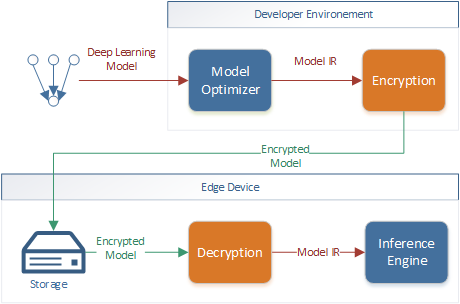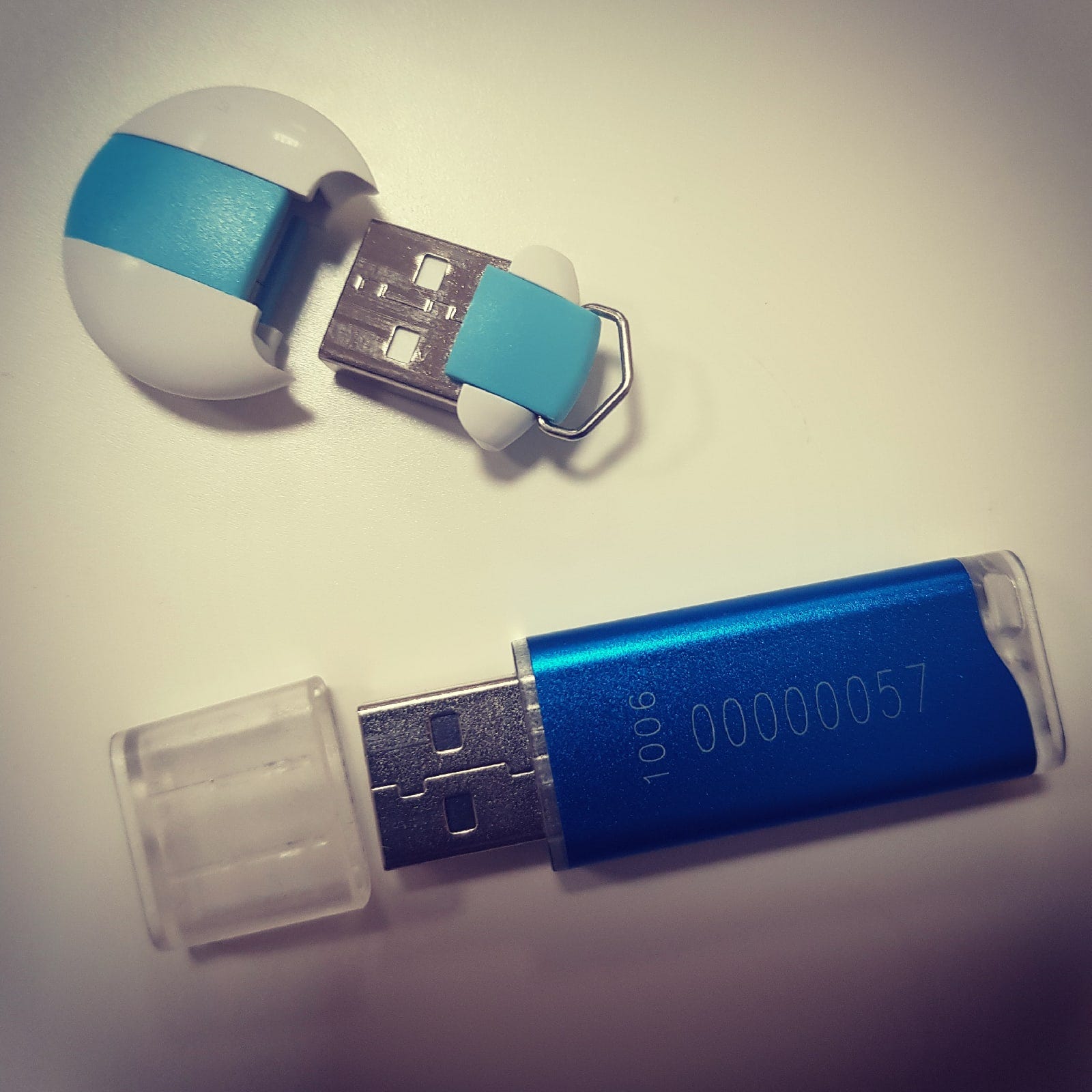
Electronic components
ComBox Technology is a developer and manufacturer of various solutions and electronic components.
- PCIe SMART A-6 - 6-point PCIe expansion board for air cooled GPU
- PCIe SMART IC-6 - 6-point PCIe expansion board for GPU with dual-phase immersion (liquid) cooling system
- PCIe 64x MyriadX Board - PCIe expansion board with the ability to install 64 Intel MyriadX chips for inference of neural networks in the data center
- Senselock hardware keys - USB hardware keys for neural networks model's protection
PCIe SMART A-6
The board connects to a single PCIe slot on the motherboard and supports installation of up to six graphics cards and another expansion board via serial connection.
The built-in processor can turn power on and off, monitor voltage and humidity. It also controls the cooling system by adjusting the speed of 4 external fans. Any graphics card can be disabled by the system command. Multiple SMART A-6 boards can be connected to one motherboard.
Capability:
- 6 slots PCIe
- Power supply voltage monitoring
- Built-in processor for managing and collecting data
- Low-cost and effective solution
PCIe ComBox IC-6
The module is designed for two-phase immersion cooling of six GPUs installed directly on board.
The ComBox IC-6 two-phase immersion cooling system based on 3M™ Novec™ 7100 liquid includes 6 AMD RX470 video cards on a board of our own design. 16 boards are combined into the ComBox IC-96 section, which also works in Novec 3M liquid. Such a system allows you to achieve the maximum possible density of GPU installations for mining, scientific calculations and parallel computing. The built-in processor controls all the necessary parameters of immersion cooling.
All components are placed compactly together to achieve an extremely high density of computing power per square centimeter. Multiple SMART IC cards can be connected to a single motherboard.
Capability:
- Specially designed for submersible two-phase immersion cooling
- Built-in processor for managing and collecting data
- High placement density
PCIe 64xMyriadX Board
Board for inference of neural networks in data centers based on Intel MyriadX chips. Form factor - PCIe x4, 8 blades with 8 MyriadX chips each. Management and inference is performed under the control of Intel OpenVINO.



Download product specification for ComBox x64 Movidius Blade Board
This solution is a full-height PCIe x4 carrier board with 8 blades, each with 8 MyriadX MA2485 chips. In fact, this is a blade system on the PCIe bus, where, within the framework of the carrier board, from 1 to 8 strips with 8 inference accelerators each can be installed. As a result, it is an industrial, scalable, high-density VPU solution for the Enterprise segment. All blades in the system are displayed as multiple HDDL cards with 8 accelerators each. This allows you to use a variety both for inference of one task with many incoming threads, and for many different tasks.
The solution uses PLX with 12 PCIe lanes, 8 of which go to 8 blades, one lane each, and 4 to the motherboard. Further, each line goes to a PCIe-USB switch, where 1 port is used for connection, and 8 are forwarded to each connected MyriadX.
The total power consumption of a board with 64 chips does not exceed 100 W, but it is also allowed to connect the required number of blades in series, which proportionally affects the power consumption.
In total, within one full-size PCIe board, we have 64 MyriadX, and within a server solution on a platform, for example, from Supermicro 1029GQ-TRT, 4 boards in a 1U, i.e. 256 MyriadX chips for 1U inference.
If we compare the solution based on MyriadX with the nVidia Tesla T4, then it is reasonable to consider the ResNet50 topology, in which the VPU gives 35 FPS. In total, we have 35 FPS / MyriadX * 64 pieces = 2240 FPS / board and 8960 FPS / 1U server, which is comparable to "batch = 1" nVidia Tesla V100, while the cost of the accelerator on Myriad X is much less. Not only the cost shows the feasibility of using Myriad X in inference, but also the possibility of parallel inference of various neural networks, as well as the efficiency in terms of heat generation and power consumption.
Neural networks protection by Senselock hardware keys
One problem we’ve solved is model’s protection in edge computing. All classic protection methods have the layer when decrypted model is availible by framework methods. For example, this one:

Intel OpenVINO models protection method
So, as we can see on edge device we can find decrypted model by changing some methods of open source framework.
In our projects we use hardware keys Senselock from Seculab company. We built all sources of OpenVINO toolkit as one stand-alone portable binary file, encrypted with Virbox Protector. The model encrypted too and it can be opened only by this binary. Inference can run on CPU, iGPU, VPU (Movidius) or FPGA and nobody can get or copy model.
Hardware Senselock key contains information about number of runs and license experation date. Some rarely used inference functions from OpenVINO toolkit are implemented in the key and it is very difficult to debug or hack stand-alone encrypted software kit. But for us it is very easy to protect all ready models and stop illegal copying of them. We think that it is very important to secure ready models from copying because models with high accuracy have their own value and maybe interesting for hackers as primary dataset too.
Here are Senselock keys used in our solutions:

If you have the same problem with models encryption, please contact us and we’ll help you.
Back to main page